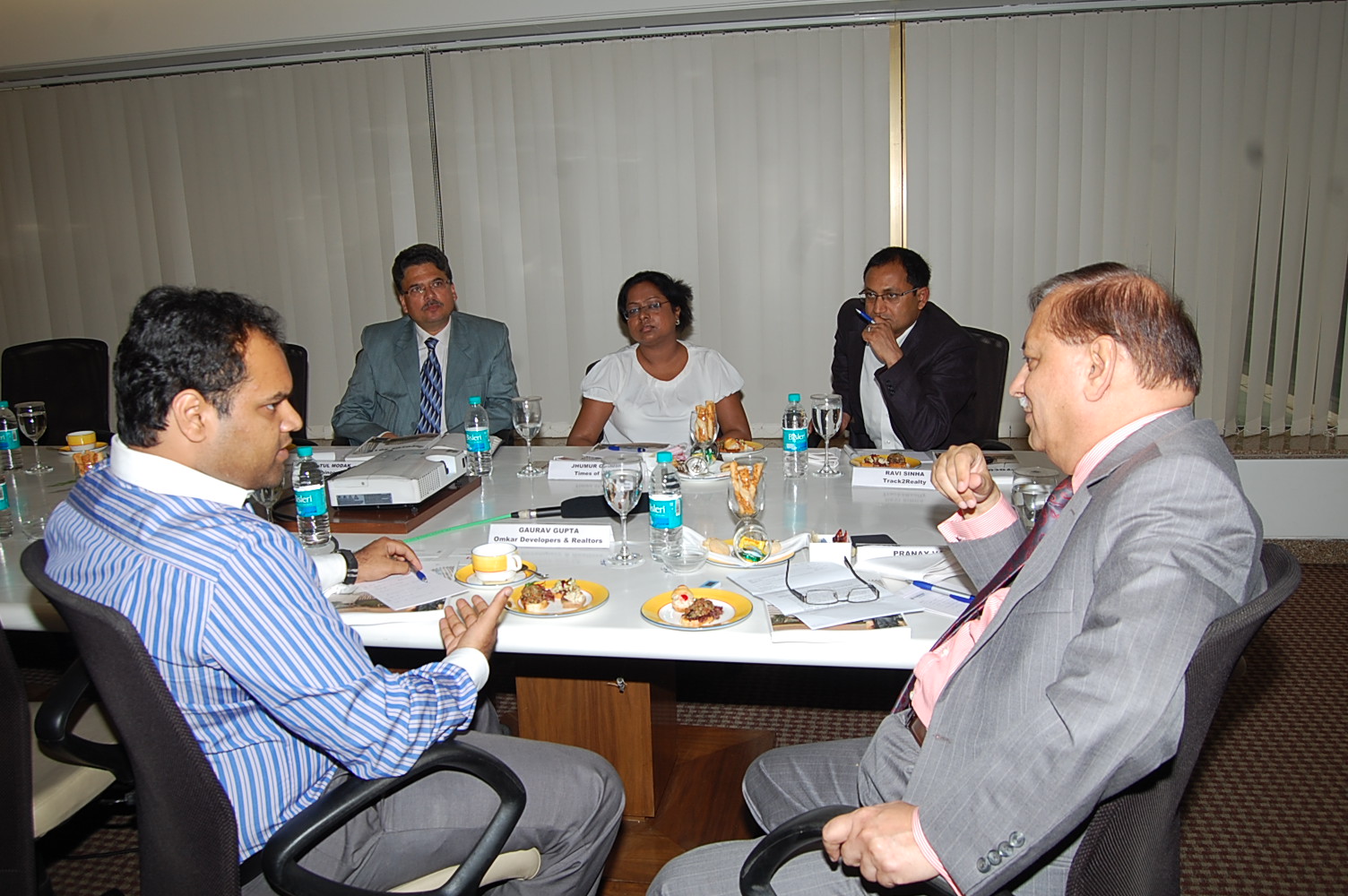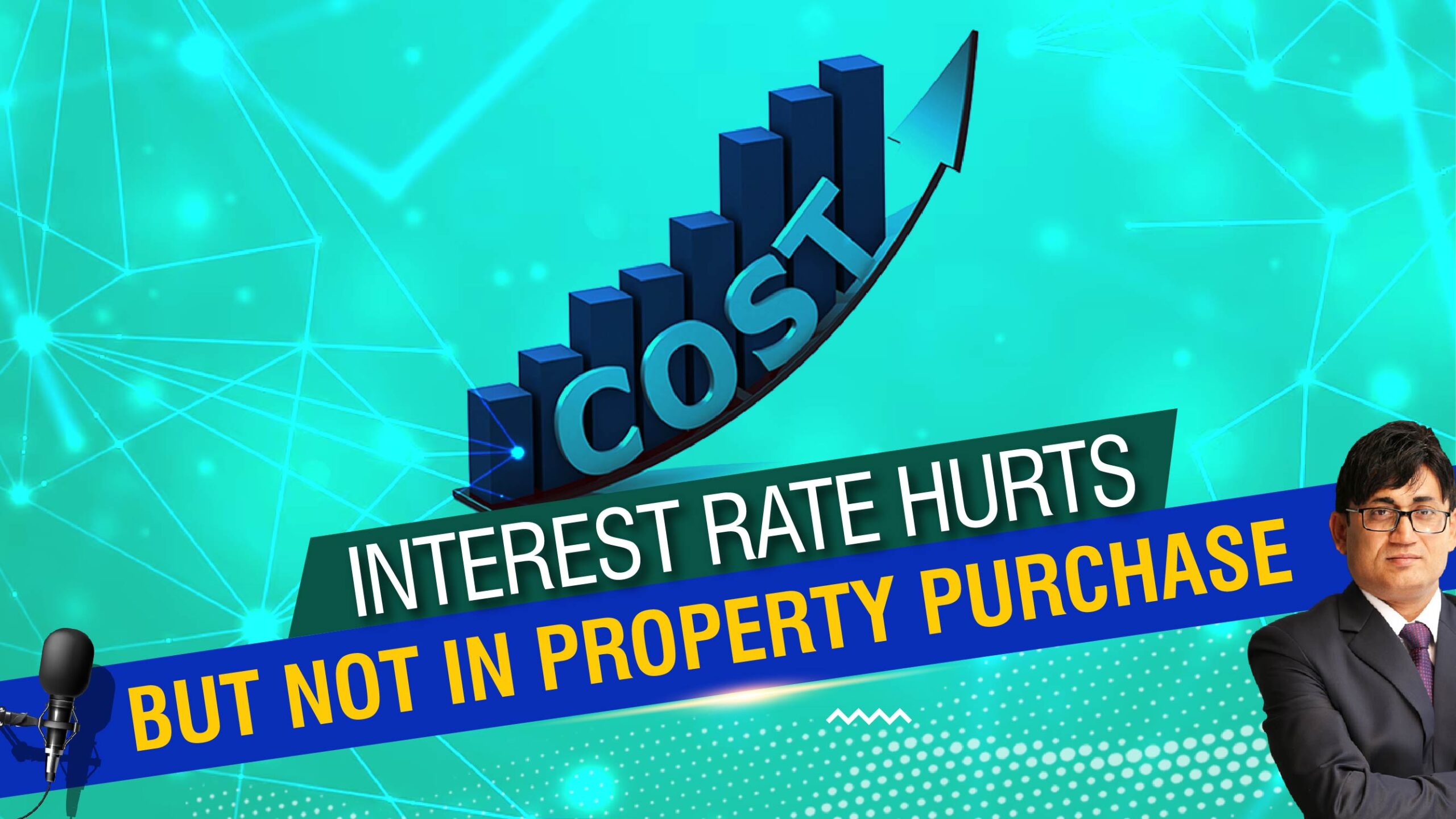Venue—Hotel Kohinoor Continental, Mumbai
Moderator—Pranay Vakil—Chairman Praron Consultancy
Atul Modak—Head-Kohinoor City
Gaurav Gupta—Director, Omkar Realtors & Developers
Jhumur Ghosh— National Feature Editor, Times of India
Ravi Sinha—CEO & Managing Editor, Track2Realty
Ravi Sinha: I would like to ask the developer friends here when they say there is an ambiguity as far as ECB is concerned. Which are the funding routes that you find without ambiguity—whether it is private equity, QIP, IPO or any other route to raise money?
Gaurav Gupta: I would say there are multiple challenges for the sector.
 Ravi Sinha: So, you agree that the sector has so failed to evolve a formula where funding can be a legitimate funding and that can be channelized rightly into the project. Who is to be blamed for that?
Ravi Sinha: So, you agree that the sector has so failed to evolve a formula where funding can be a legitimate funding and that can be channelized rightly into the project. Who is to be blamed for that?
Atul Modak: I think six per cent of the GDP is contributed by the real estate and still it is ignored in every budget. As far as funding is concerned, if the government really helps to get funds to the developer, it will definitely help to get the housing shortage. If you are talking about affordable housing, you must give funds to the developers at cheaper rate. But they look at look at us as cash cows and impose increasing service tax, stamp duty and other surcharges. A developer needs to make profits also, otherwise from where will he put money in the next project.
Pranay Vakil: I have the question for the two of you. What is an acceptable debt equity for a developer?
Gaurav Gupta: I think 2.5 or 3×1
Pranay Vakil: Let’s take 2.5. Would you agree Atul. How many developers that you know are within that band of 2 -2.5, if we take all debt (secured & unsecured ones) into account?
Atul Modak: Just look at anybody who wants to start an industry or manufacturing or anything. If you have to start an industry, the bank will fund it and then you start manufacturing. They will put their equity and bank will also fund and then start your business but here in real estate the major problem is land and for that banks will not fund you.
You are talking about the debt-equity ratio, which will come at the balance sheet only in the end. When you start there is complete equity. You start project with the land, you will get permissions and then you go to the bank.
Pranay Vakil: How many developers have paid for the land on which they are developing? Correct me if I am wrong, they are in joint venture with the land owner, 50 per cent of that I know.
Gaurav Gupta: The joint development model has come in the last two to three years but if you talk about from a scales perspective the majority scale people buying out land and then developing. Moreover, if you talk of equity, the issue is number one, is it available? Number two, if it is available then at what cost? So, if you strictly adhere to cost-benefit analysis then you don’t need to take sales into account. The cost of project will be so high that it will come on to the customer.
…to be continued





